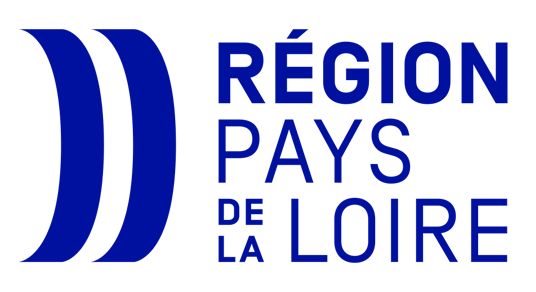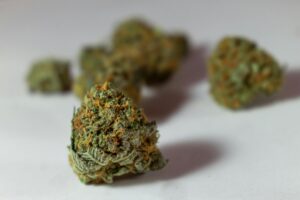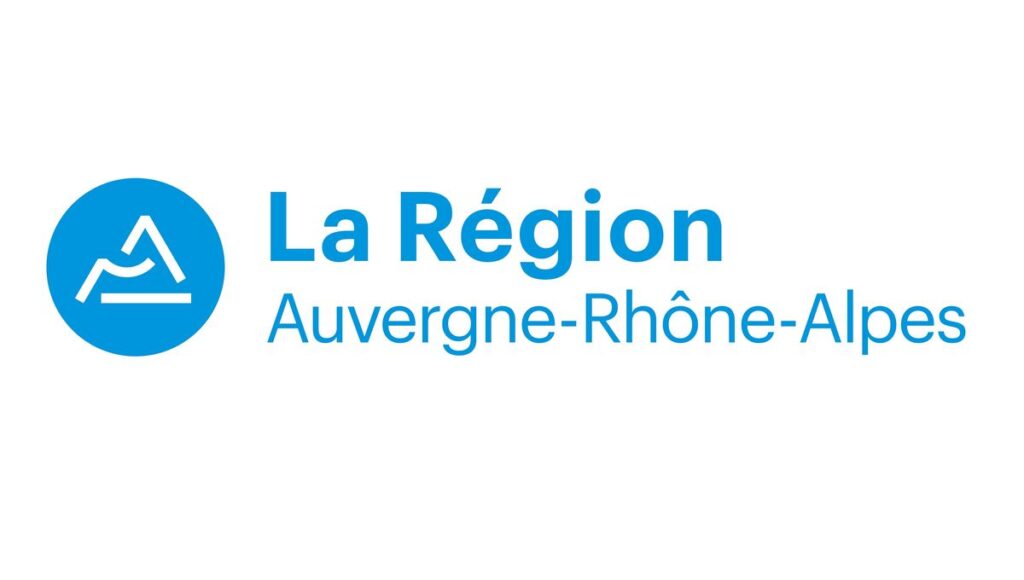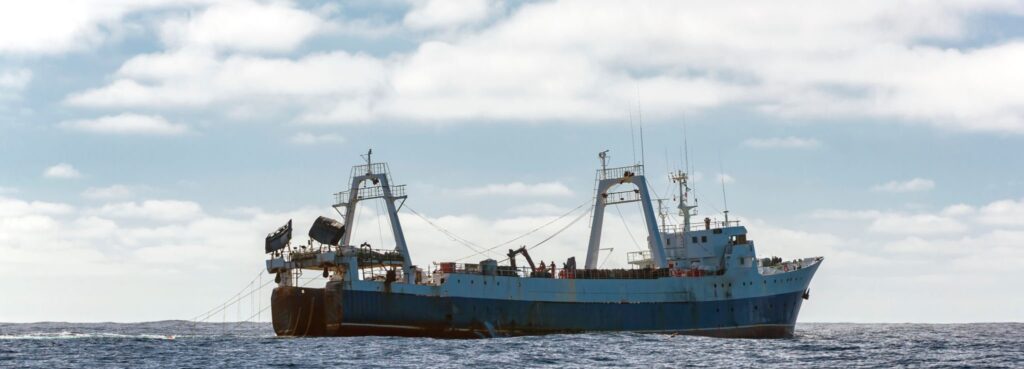On Sunday 21st of July 2024, Paul Watson, environmental activist and founder of the NGO Sea Shepherd, was arrested in Greenland. The reason: an international arrest warrant issued by Japan 12 years ago.
While Paul Watson’s arrest is sad news for environmental activists, it is also an opportunity to highlight the issue of ocean conservation.
It’s about more than just global warming and ocean acidification, which are already threatening huge ecosystems and entire species (a subject on which there are many articles). Industrial fishing is a further problem.
The aim of this article is not to demonstrate, yet again, that the oceans are going haywire, but to dismantle the argument of the ‘economic efficiency’ of such a practice.
Oceans under pressure since 1950
The pressure on the oceans has only increased, but the quantity of resources remaining has fallen sharply.
Fishing pressure

Abundance of marine resources.

Source : CHANGER DE CAP, le premier bilan de la performance écologique, économique et sociale des pêches françaises, pour une transition sociale-écologique des pêches
Different ways of fishing
First, what are large and small fishing boats? And what are the different fishing methods?
– A small-scale fishing boat is less than 12 metres long.
-A traditional industrial trawler is between 12 and 24 metres long.
– Finally, a super trawler is at least 24 m long.
There are 3 main fishing methods, classified here from the least destructive to the most destructive for ecosystems:
– Inshore fishing, passive gear (small-scale fishing boats): This refers to small-scale fishing techniques such as nets and traps. They are left on the seabed and catch fish without being handled by the fishermen.
– Industrial fishing, pelagic trawls and seines (classic industrial trawlers and super trawlers). The pelagic trawl consists of a large net towed to catch schools of fish. The pelagic seine also consists of a large net, but which closes on a shoal of fish encircled, like a bag.
– Industrial fishing, bottom trawls and seines (classic industrial trawlers and super trawlers).The bottom trawl also consists of a large towed net, but this net scrapes the bottom of the oceans to catch species that live close to the seabed. The bottom-set seine is the same as the pelagic seine, with the difference that this ‘bag’ is deployed on the seabed.
A lack of economic performance
Industrial fishing has major shortcomings from a purely economic point of view. Industrial fishing produces half the added value (per tonne landed). It is 3 to 4 times less profitable than small-scale fishing and employs 2 to 3 times fewer people.
Furthermore, for every tonne of resource fished in France, traditional industrial trawlers and super trawlers receive subsidies of between €500 and €750. Artisanal fishing boats, on the other hand, receive €300 per tonne. On a human scale, this may seem derisory. However, the hold of a conventional industrial trawler can hold 500 to 1,500 tonnes of fish and some super trawlers can hold 6,000 tonnes. Meanwhile, the largest small-scale fishing boats can hold 20 tonnes

What future is there for fishing?
If industrial fishing continues to exist today, it’s because it is above all a productive method. If it can receive subsidies twice as high as small-scale fishing, in France, it is precisely because the main criterion for these subsidies is productivity.
The ‘changing course’ report proposes a new criterion to respect the ‘ecological, social and economic dimensions simultaneously’ and enable better allocation of public subsidies. This criterion contains 10 indicators on two main themes: environmental indicators and economic and social performance indicators. Public subsidies would then be allocated to the fishing methods that best meet these new criteria. Ultimately, this would make it possible to encourage virtuous projects for society as a whole, by promoting employment, added value and natural ecosystems.
The future of fishing is therefore a political choice. Fishing can remain what it is, i.e. a sector that measures its performance almost solely by its productivity to offer the cheapest fish possible, even if this means raking the oceans clean of every last living thing and destroying jobs. Or, it can become a sector concerned with preserving biodiversity. To do so, it has to review its internal operating methods to encourage employment and decent wages, certainly to the detriment of the price of fish on arrival, which would be higher.










